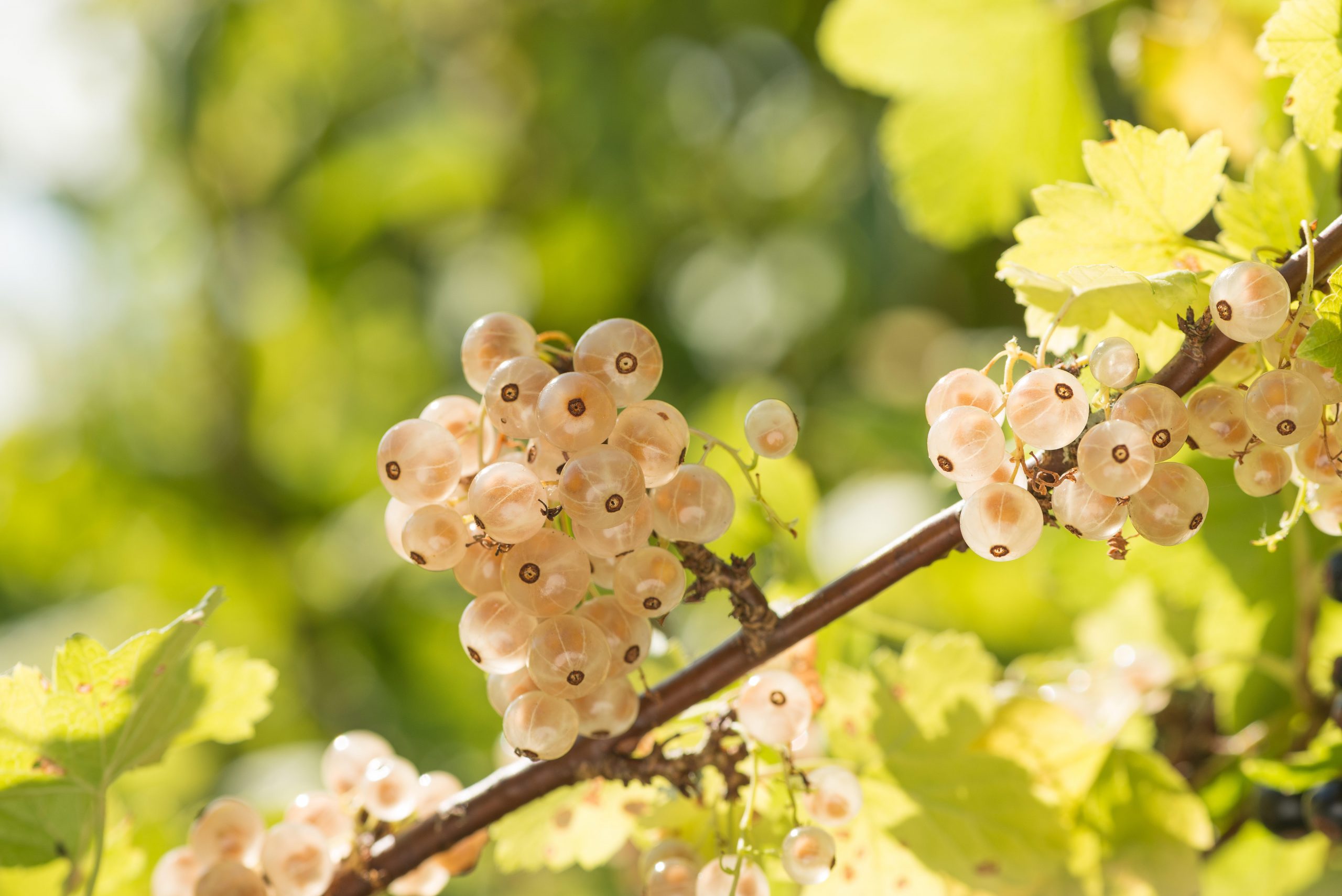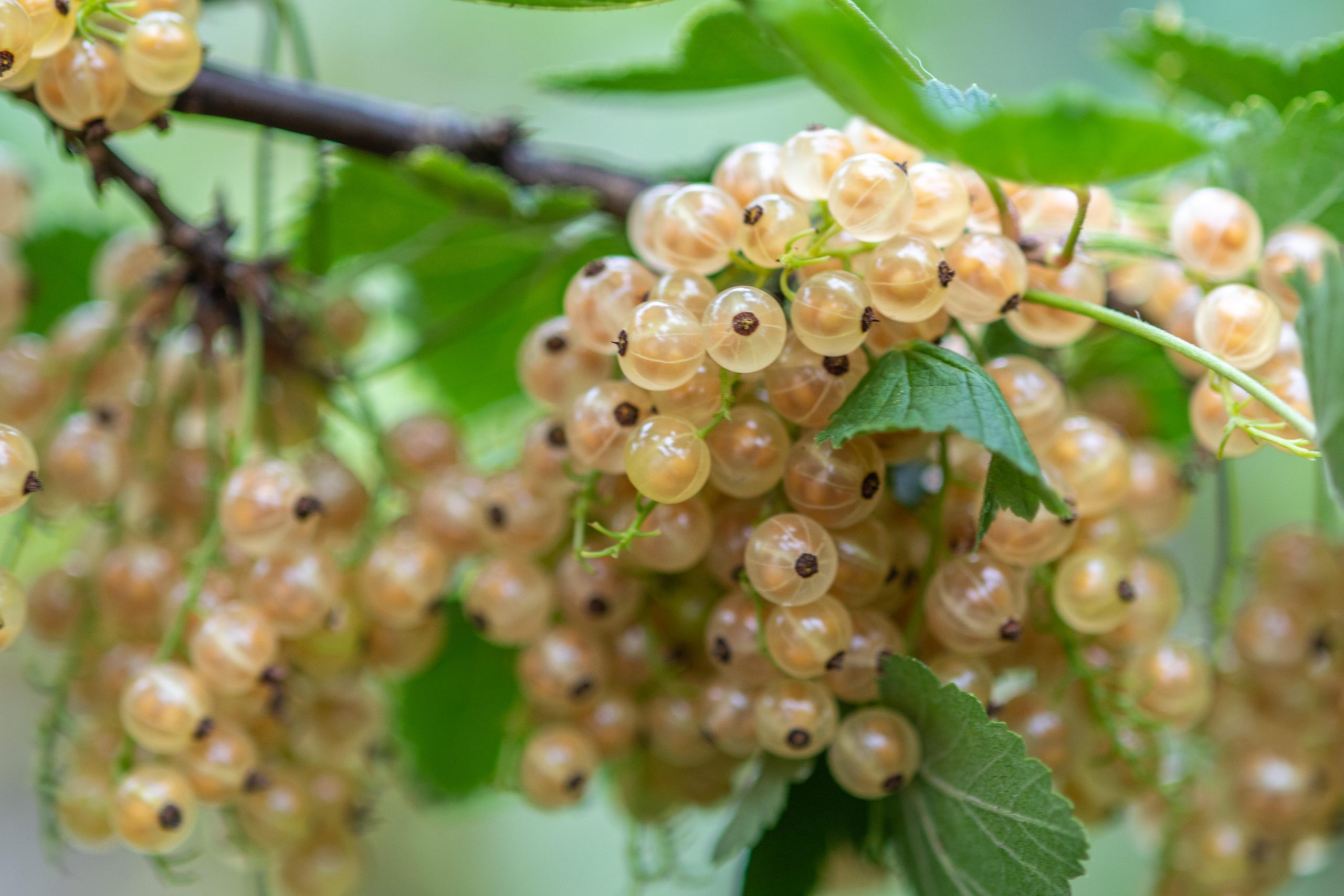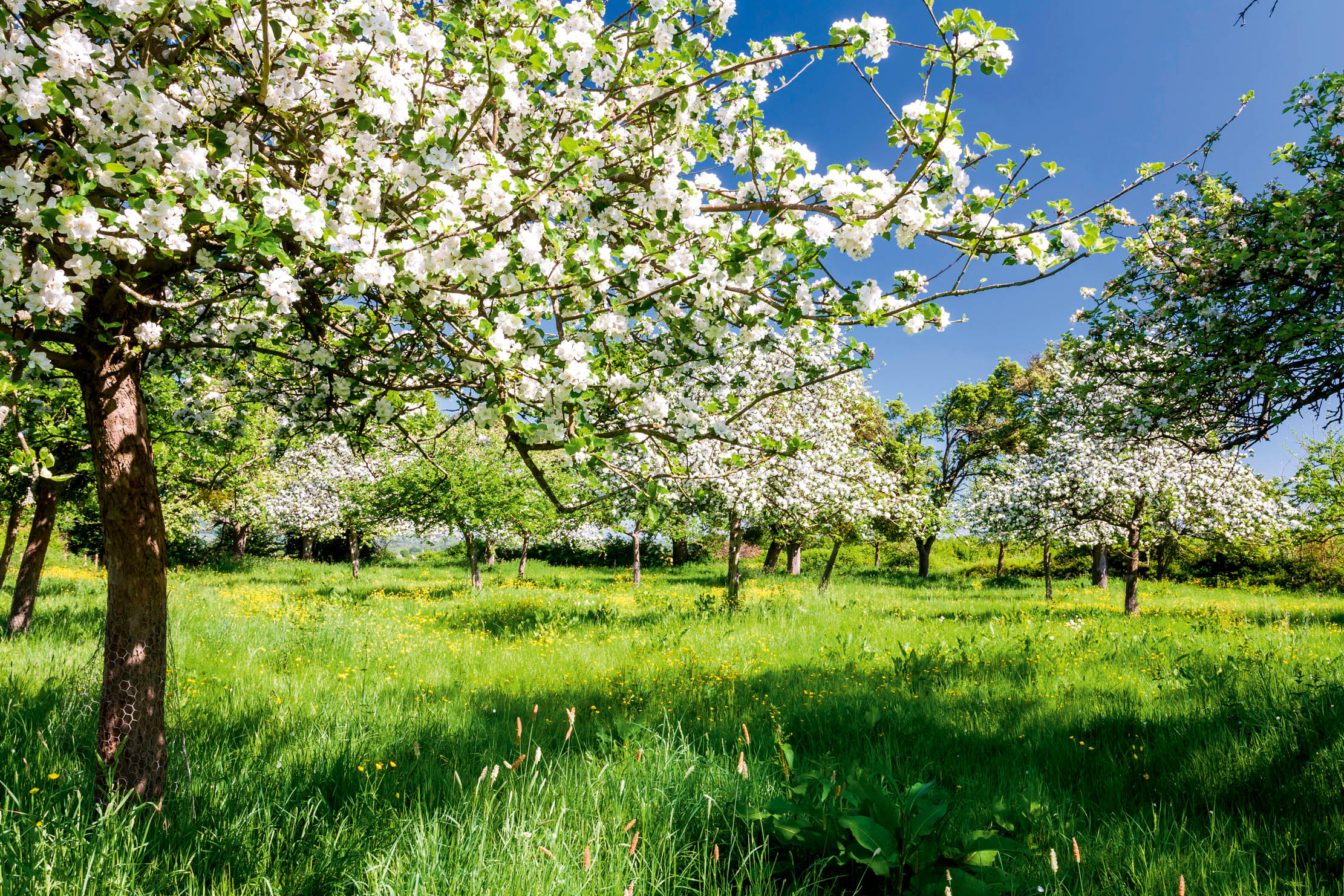How (and why) to grow your own white currants: 'Scatter them over a knickerbocker glory'’
Mark Diacono shares his top tips on how to plant white and red currants, which varieties to choose — and how to make the most of them in the kitchen.


One thing I need to deal with straightaway: I have no idea why white currant is written as two words and yet redcurrant is only the one. It wasn’t me who started it, I’m simply being polite and carrying it on. The second mystery is why so few of us grow them. Perhaps childhood Ribena-love is responsible. But, as much as I love blackcurrants — for leaf sorbet as much as their fruits — I wouldn’t be without their close relatives.
Some see currants as a fiddly harvest and others, perhaps, are not quite sure what to do with the fruit. The good news is that much of that perceived fiddle has gone with the development of varieties with large fruit hanging in longer strings with a clear patch where they join the stem, which makes for easy picking.

How to eat red and white currants
How do we eat this now fiddleless fruit? There’s summer pudding, of course: evidence, if such were needed, that we are occasionally an excellent species. But there’s so much more you can do with them. My favourite ideas are a shallow tart made with their sweet-sharp punctuation in a thin layer of custard and The Ivy restaurant classic of frozen currants served with white chocolate sauce.
You can cast handfuls of the raw berries over a cheesecake or over breakfast yoghurt. Or you can scatter them over a knickerbocker glory or into fruit salads, where they contrast beautifully with sweeter fruit such as melon and nectarines. Their appealing sharpness lends itself to savoury dishes, too, especially with rich meats such as goose and venison. Although both colours make a superb jelly, I think redcurrants' tartness has more impact with meats and cheese.
Depending on variety, each of these superb currants may carry some of the flavour of sharper fruits such as gooseberry and rhubarb, as well as the sweeter notes of summer berries. There may even be hints of rose in well-ripened fruit.
Although both have a superb sweet-sharp flavour, white currants are often a shade sweeter than red. They are usually ready to harvest in mid summer: I know people who strip the plant of currants into a bowl, but I tend to snip off the strings, then use a fork to strip them of fruit when I’m indoors.

All you need to know about planting currants
You’ll need an altogether larger fork to plant your currants. The dormant period between November and March is ideal for bare-root plants; you may get a potted plant later in the season, but take care not to knock off buds or soft new growth when you plant them.
Exquisite houses, the beauty of Nature, and how to get the most from your life, straight to your inbox.
Give currants a sunny spot sheltered from the harshest winds, in a moist, but well-drained soil of neutral-ish pH and they will flourish and ripen fruit quickly. A little imperfection is tolerated: they are hardy and will grow in colder conditions than blackcurrants and in poorer soil. They can even be trained against a north-facing wall, where the fruit will ripen a little later.
Both are easy to care for. There are two things to bear in mind when pruning white and redcurrants: they fruit on spurs produced on old wood and, unless they are being trained as a fan or cordon, a goblet shape is best to promote good ventilation. That should minimise the likelihood of mildew and allow more light in for ripening.
You prune white and redcurrants as you would gooseberries, by removing any dead or very old branches in winter and pruning new growth back to two buds in early summer to keep your plants tidy and to a fairly constant size.

Varieties to watch
Redcurrants and white currants are both self-fertile, so you only need one plant to get a crop, and there are plenty of excellent varieties to choose from. The first plants I grew were ‘Jonkheer Van Tets’ and ‘Red Lake’, both large-fruited, delicious, high-yielding and with a reassuring RHS AGM.
‘Red Lake’ tends to ripen a week or two later in July of the two, so one of each will give you a staggered harvest. ‘Stanza’ may give slightly smaller fruit, but this is the one if your garden is prone to late frosts, because it flowers later than most. ‘Red Start’ is my favourite of the varieties I have tried most recently: it ripens later than most, usually in mid August, which extends the season with the earlier varieties I grow, and it carries an abundance of delicious fruit on long strings, which make picking quick and easy.
For white currants, you really can’t go wrong with ‘White Versailles’ and its heavy yields of sweet currants in late July, nor the slightly earlier, similarly heavy cropping ‘White Pearl’.
Mark Diacono grows own everything — see www.otterfarm.co.uk for more

Credit: Alamy
The ultimate guide to planting your own orchard: 'Getting it right is easy; sadly, so is getting it wrong'
Mark Diacono has planted dozens of orchards — he shares his wisdom on how to go about it.
Mark is lucky enough to spend most of his time eating, growing, writing and talking about food. He has written fourteen award-winning books, including A Year at Otter Farm and A Taste of the Unexpected (both won Food Book of the Year, and Garden Book of the Year). Known for growing everything from Szechuan pepper to pecans to Asian pears, Mark's refreshing approach to growing and eating has done much to inspire a new generation to grow some of what they eat. He was involved in the early days of River Cottage, appearing in the TV series, and writing four River Cottage books. Mark writes to a global audience on his best-selling Substack: Mark Diacono’s Abundance.
